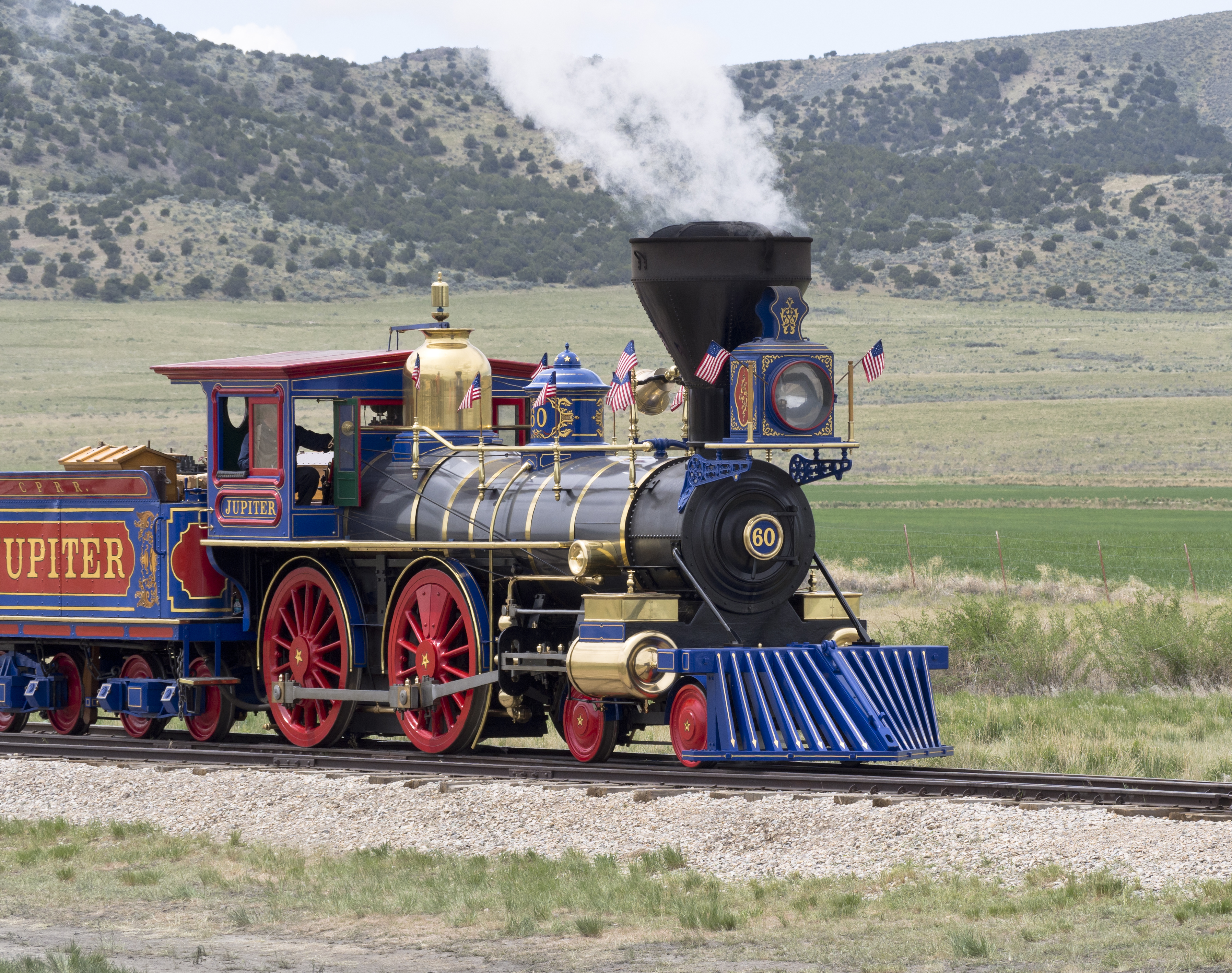
If a Utah congressman gets his way, the state will gain a “national historic park” at what is now known as the Golden Spike National Historic Site.
To commemorate the significance of the first transcontinental railroad, Rep. Rob Bishop, R-Utah, wants to re-designate the historic location in northern Utah where the “wedding of the rails” uniting the Union Pacific and Central Pacific Railroads took place nearly 150 years ago. His legislation also calls for a network of sites related to the history, construction and legacy of the railroad as a program of the National Park Service.
“This is a prominent symbol of the most significant achievement of the 19th century. And it is, for transportation, as significant as landing a man on the moon would be for the 20th Century. The ability to have the rail system there meant that some of my ancestors that had to walk every step across the plains — taking months to get to Utah — could now do it in seven days,” said Bishop in a press release.
Bishop’s legislation was approved by the House and now must pass successfully through the Senate.
The Golden Spike National Historic Site was first recognized in 1957. While the site is not in federal ownership, it became a unit of the National Park Service in 1965.
The new Transcontinental Railroad Network, which was part of the legislation, will unite historical railroad sites geographically based on history, construction and legacy of the transcontinental railroad. It will allow the national park superintendent to enter into agreements with adjacent landowners to complete minor projects and remove invasive species.
The network will include governmental and nongovernmental programs of an educational, research or interpretive nature that are directly related to the history, construction and legacy of the railroad. When completed, it will be similar to the Underground Railroad Network to Freedom and the African American Civil Rights Network.
The “last spike” site in remote northern Utah became a symbol of a nation joined together to facilitate industrialization, westward expansion and sheer human determination, according to the bill establishing the network.
Not only did the transcontinental railroad revolutionize transportation, but it also helped the economy and development of the United States.
“It is our hope and our belief that if this designation occurs, that it will re-engage a new generation with the great historical event that occurred here at this time,” Ceremony Chair to the 150th anniversary event Doug Foxley said during a recent congressional hearing on the legislation.
To celebrate the 150th anniversary of the railroad’s completion on May 10, 2019, a public event commissioned by the Utah State Legislature and Gov. Gary Herbert will be held. There will be exhibits, activities and events hosted to inspire, educate and reflect on the railroad’s legacy. This initiative is lead by Spike150, which was established in 2017 to organize the anniversary celebration.
Currently, the historic site hosts reenactments, guided tours and film showings for those who visit. The re-enactments run from Memorial Day to Labor Day. A dedicated team of volunteers performs the re-enactment of the driving of the last spike ceremony twice a day on Saturdays and holidays at 11 a.m. and 1 p.m. There are also locomotive demonstrations during the summer months, and five different films are shown at the park.
The Golden Spike 150th Anniversary Act was introduced May 10 and passed the House on June 25. If the bill gets Senate confirmation, it will proceed to the President Trump’s desk for his signature.




